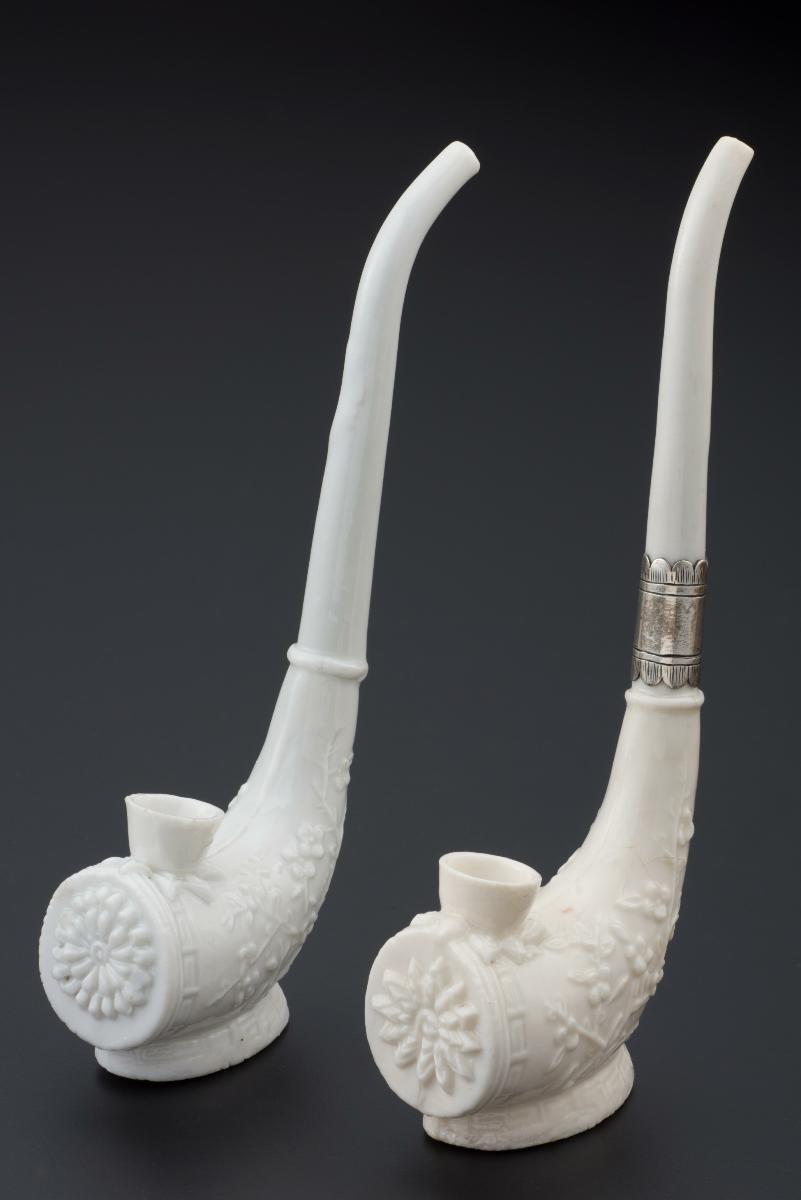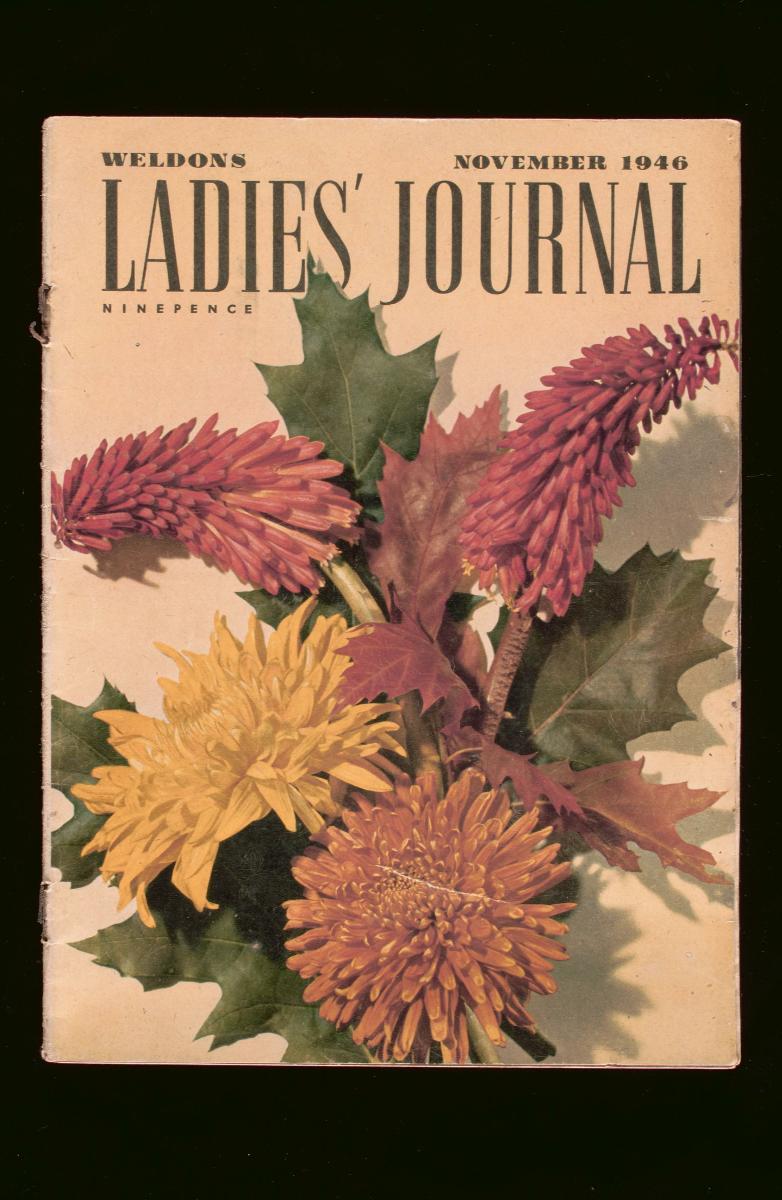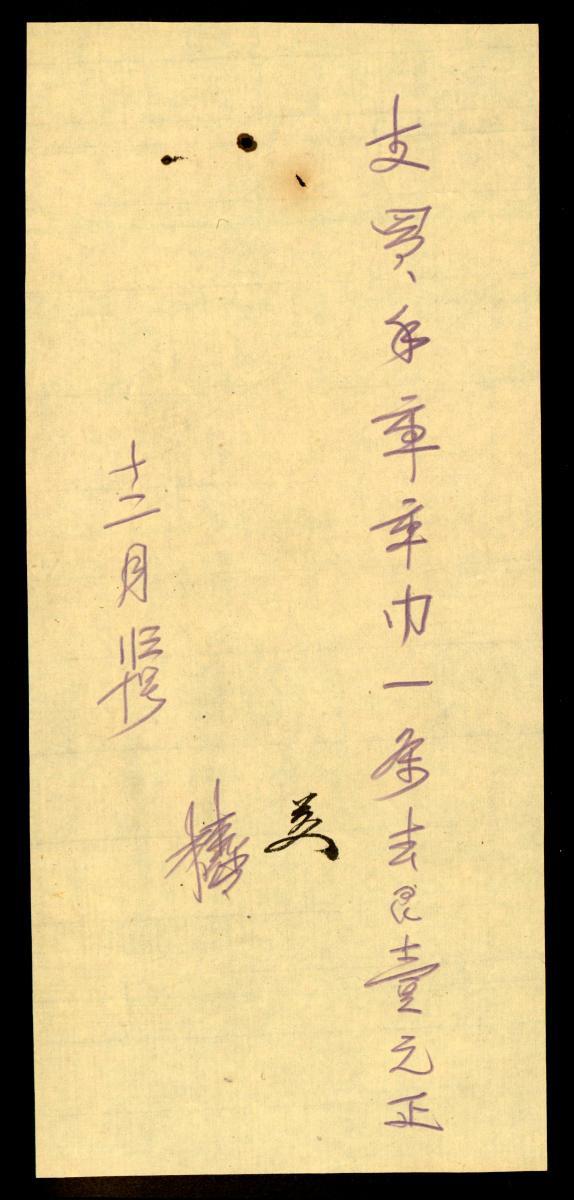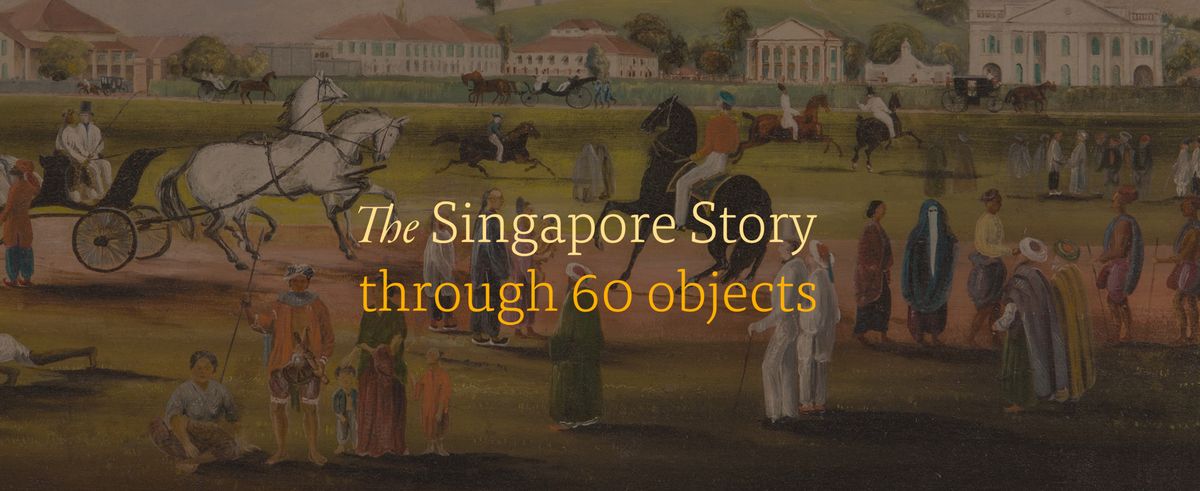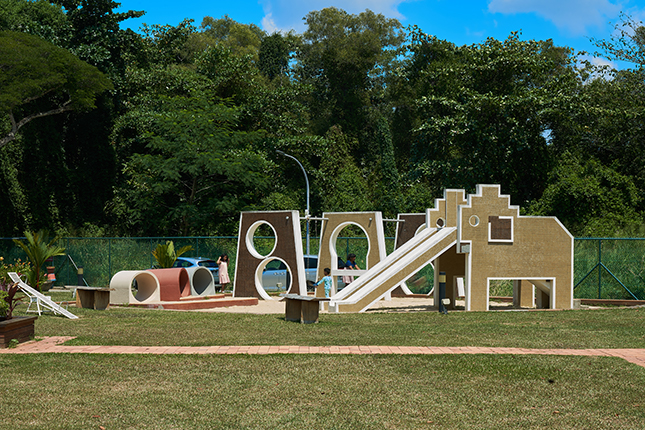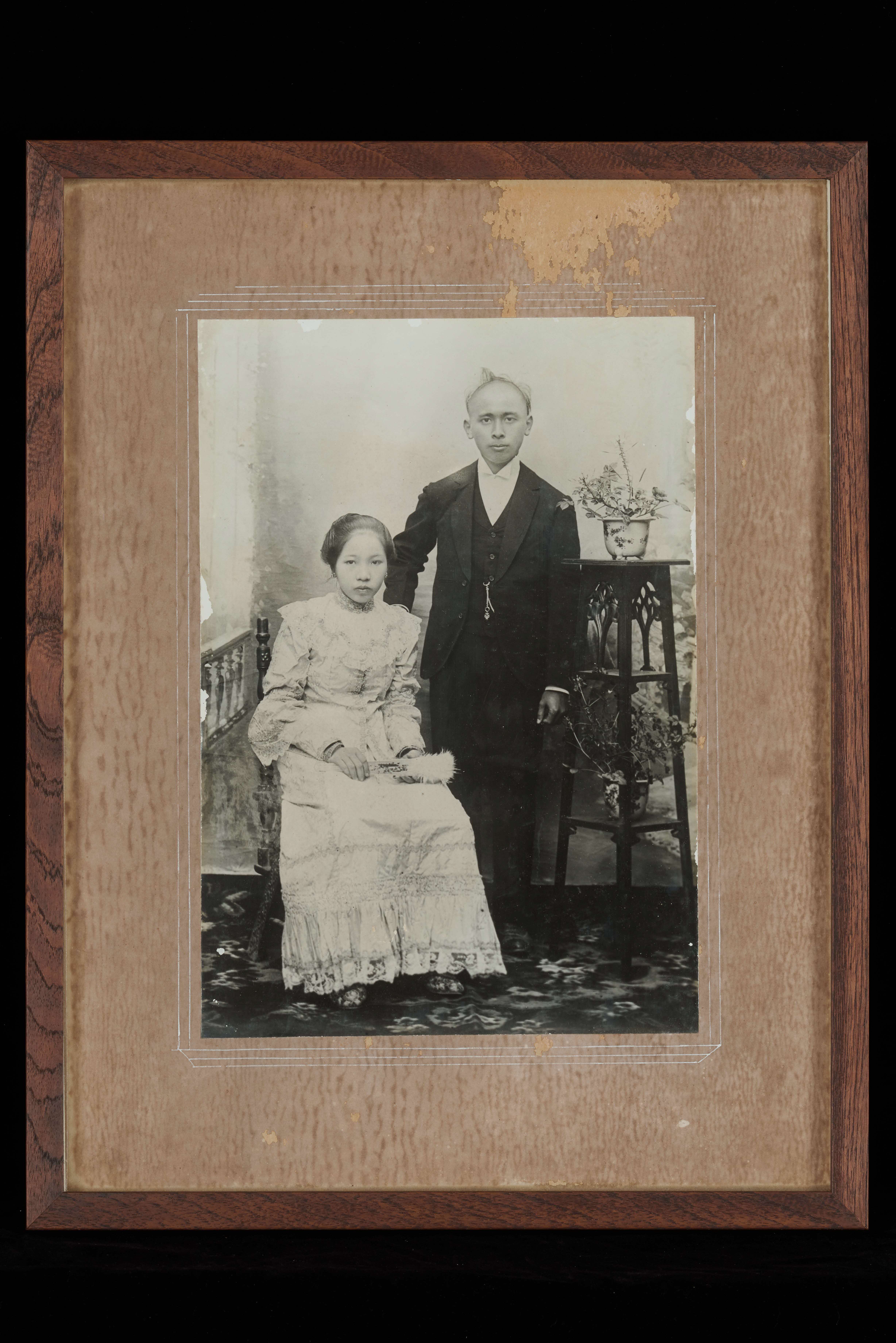The pipes were moulded in two longitudinal halves to which a stem was then added. Moulded prunus branch motifs decorate the length of the pipe; a floral medallion decorates the front, whilst the foot has a band of key fret motifs. A silver band on the piece to the right probably disguises an old break. It was probably applied after export to the West, where it was common to add silver attachments to porcelain. Tobacco was smoked in both dry and water pipes and was introduced to China from the New World by Western merchants. By the 19th century, tobacco was cultivated in China although these pipes were probably made at least a century earlier. The origins of these pipes remain unclear, although they would seem to be connected to tobacco smoking. Further research into the design of the European clay pipes that were smoked in Europe could prove fruitful. Long-stemmed pipes are depicted in scenes with European as well as Central Asian figures.




